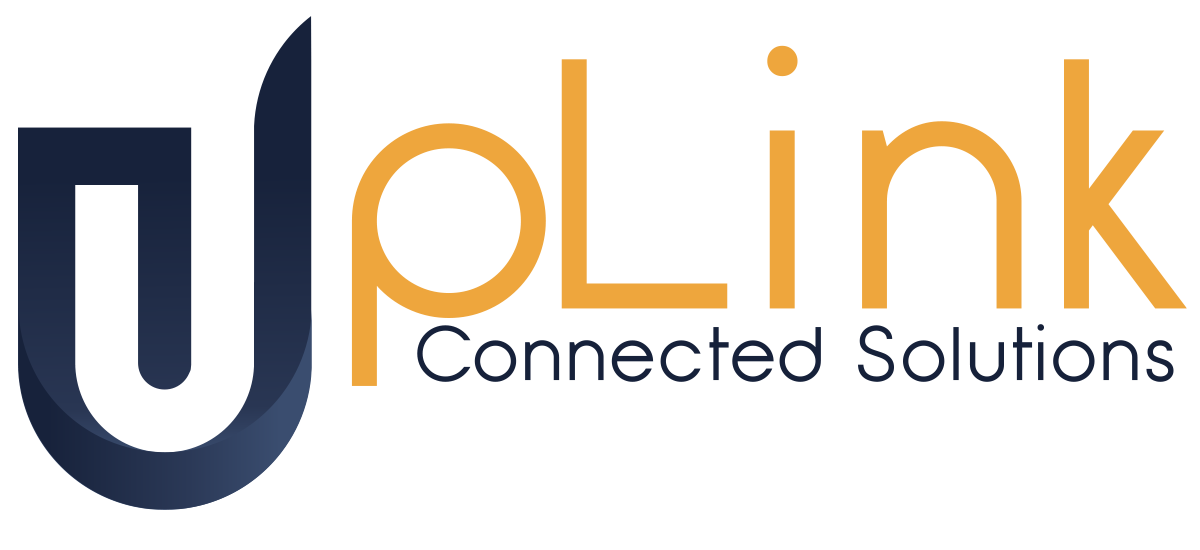Digging Into First Contact Resolution: What Your Numbers Aren’t Telling You
First Contact Resolution (FCR) is a critical metric in customer service assessment. By analyzing this crucial measurement, we can provide useful insights into the efficiency and effectiveness of our customer service strategy. However, the numerical data might not always portray the entire picture. To unlock the full value of FCR, we need to delve provide it. What exactly is missing from our numerical analysis?
Understanding the Complexity of FCR
FCR hinges on measuring the rate at which issues get resolved during the first interaction between a consumer and a service representative. An effective FCR strategy increases customer satisfaction and reduces operational costs. However, the complexity of issue resolution procedures extends beyond simple numerical representation.
For instance, not all problems can be resolved in one interaction. Some issues are too complicated and require further investigation and multiple communication attempts. Simply measuring FCR doesn’t account for the complexity and variety of customer problems.
Looking Beyond the Surface
Several hidden aspects are not accounted for in FCR metrics. The efficiency of a customer representative in addressing and closing an issue during the first point of contact reveals their expertise, preparedness, and confidence. Thus, high FCR rates might conceal the need for ongoing training and development of your staff.
Moreover, FCR doesn’t factor in customer emotions or the customer journey. An unresolved issue during the first interaction might have more to do with a customer’s emotional state rather than the agent’s competency. Resolving a problem is as much about empathy and connection, as achieving a practical solution.
The Real Value of FCR
While the data from FCR metrics is vital, understanding its limitations contributes to a well-rounded customer service strategy. Acknowledging the issues that can’t be resolved at first contact and the reasons why not, can provide deeper insights into your service operations.
By focusing on ongoing training and development, we can close the knowledge gaps that might hinder high FCR rates. Working on improving customer connections and empathy can make an enormous difference in both first and subsequent interactions.
Ultimately, a high FCR rate should not be the end goal, rather a byproduct of a strong, holistic customer service strategy. A comprehensive strategy will naturally result in high FCR numbers, satisfied customers, and efficient service practices.
In conclusion, while FCR is an important metric in assessing your customer service’s effectiveness, it should not be the only one. Looking beyond the numbers and focusing on broader elements like staff training, the customer journey, and problem complexity, will give you a more realistic and actionable understanding of your customer service processes.
Check out our service for more professional insight into FCR strategies. If you require further support or inquiries, please visit our contact page. If you’re interested in a more in-depth understanding of your FCR strategy, take advantage of our 1-hour free consulting offer available at 72969. Schedule an appointment today for an insightful consultancy session that will help optimize your customer service operations.
Explore More & Get Tailored Support
To explore more insights about this topic, click here. For a comprehensive overview of how we can support your business, visit our Services page. We also offer a free 1-hour consultation to help you get started with expert guidance. And if you have any questions or would like to connect directly, don’t hesitate to reach out via our Contact Us page.


